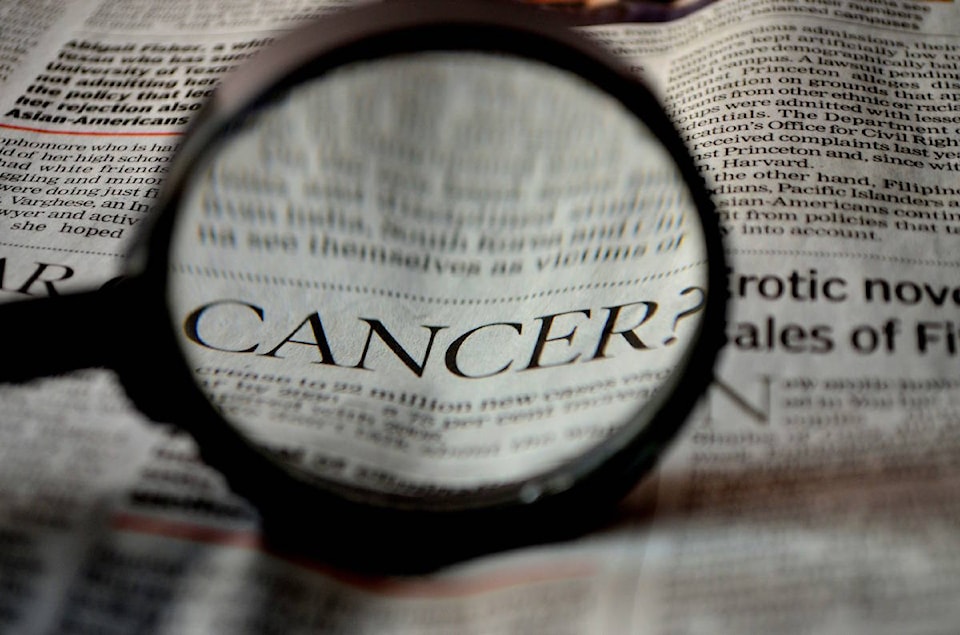With long, hot, sunny days approaching, dermatologists are urging people to take care to reduce the risk of melanoma and other skin cancers.
While other forms of cancer are declining, the rate of melanoma, a skin cancer which is caused by sun exposure, is on the increase.
“This past week, I’ve diagnosed two melanomas. That’s two too many,” said Dr. Harvey Lui, a dermatologist with B.C. Cancer and a professor of dermatology at the University of British Columbia in Vancouver.
The effects of repeated sun exposure may develop into melanoma after many years.
“We’re still seeing the effects of sun exposure from decades past,” Lui said.
He urges people to avoid being out in the sun during the heat of the day and to seek shade during the most intense hours of sunshine.
Covering up with clothing and a broad-brimmed hat can also reduce the amount of sun exposure.
While sunscreen is also recommended as a preventative measure, Lui said sunscreen should not be used a substitute for seeking shade and covering up.
“Your last line of defence is the sunscreen,” he said.
He added that wearing sunscreen does not mean one can spend hours in bright, intense sun.
“You’re getting more protection than you would otherwise, but you still need to be careful,” he said.
René Serbon of Summerland, managing director of Dermal Systems Inc., also urges people to take measures to reduce their risk of developing melanoma.
“It happens to be the most preventable cancer,” she added. “People are not necessarily taking measures to prevent melanoma.”
Those at greater risk for melanoma include people with red hair and those who have many moles and freckles.
People who sunburn easily should also be careful since sun exposure can lead to melanoma.
Those who have auto-immune disorders or who are or have been on chemotherapy or radiation therapy also are at an increased risk of contracting melanoma.
“If you have pre-existing risk factors, you should already be very proactive,” she said.
Serbon urges parents to teach their children to protect themselves from sun damage.
She said 80 per cent of sun damage occurs within the first 20 years of life, although the damage may not show up until much later.
She said the sun is at its strongest from 11 a.m. to 4 p.m. in the summer. Those who are out during those hours should wear a hat and a shirt, find shade and use sunscreen.
Sunscreen with an SPF factor of 30 or higher should be applied 20 minutes before going out into the sun, and should be reapplied regularly. However, some mineral-based sunscreens are effective as soon as they are applied.
While there are treatments for skin cancers, especially if caught early, melanoma is still a serious form of skin cancer.
“This is the one that kills,” Lui said. “It’s a miserable way to die.”
There are some new treatments for this cancer, but they are still in the experimental stages, he said. There are also some serious side effects to some of the new treatments.
“I’ve seen too many tragic cases,” he said. “So many of them are avoidable if we just use a little common sense.”
